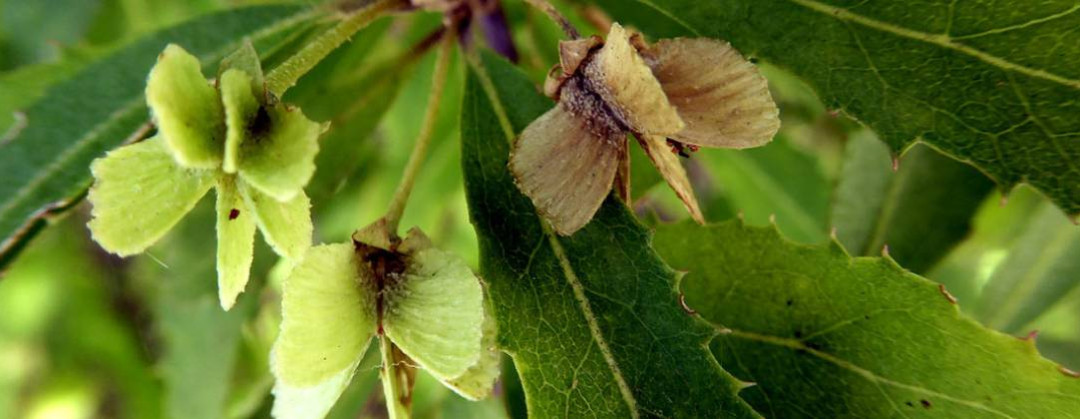Narrow-leaved houhere, houhi puruhi.
Hoheria angustifolia Narrow-leaved lacebark | Houhere

This guide is based on a literature review. It compiles information from various sources. Different sources may offer varying advice and findings.
Good germination rate. Long time frame found between sowing to germination. Inconsistency around long-term storage. Can be grown from cuttings.
Easy.
Collect seeds when capsules are still green.(1)
Germination, seed storage, and vegetative propagation needs further investigation.
Information about the native seed profiles
All species names are in the following order: scientific name, common name, and Māori name. Names may vary by region. We have tried to use the most common names across New Zealand.
We have sourced photos from different websites and creators. We have used the images under different licences. These include Public Domain and Creative Commons licenses. For Hoheria angustifolia, the image details are:
- Photo by (c) Joe Dillon – some rights reserved (CC BY)
- Original image
The basis for each seed profile is a literature review carried out by Scion. Te Uru Rākau – New Zealand Forest Service commissioned and worked on the review to produce a native seed catalogue. The full seed catalogue is on the Ministry for Primary Industries (MPI) website.
Metcalf, L J (1995) The propagation of New Zealand native plants. Godwit; Auckland, New Zealand.
Burrows, C J (1996) Germination behaviour of the seeds of the New Zealand woody species: Coprosma foetidissima, Freycinetia baueriana, Hoheria angustifolia, and Myrsine australis. New Zealand Journal of Botany 34 499–508.
Burrows, C J (1997) Reproductive ecology of New Zealand forests: 2. Germination behaviour of seeds in varied conditions. New Zealand Natural Sciences 23, 53–69.
New Zealand Plant Conservation Network. Hoheria angustifolia. Accessed 17 October 2024.
Ford, C; Lloyd, A (2023) Germination of native species seed after cold treatment, surface sterilisation and soaking in 1% hydrogen peroxide. MPI Te Uru Rākau – New Zealand Forest Service Technical Paper No 2023/01